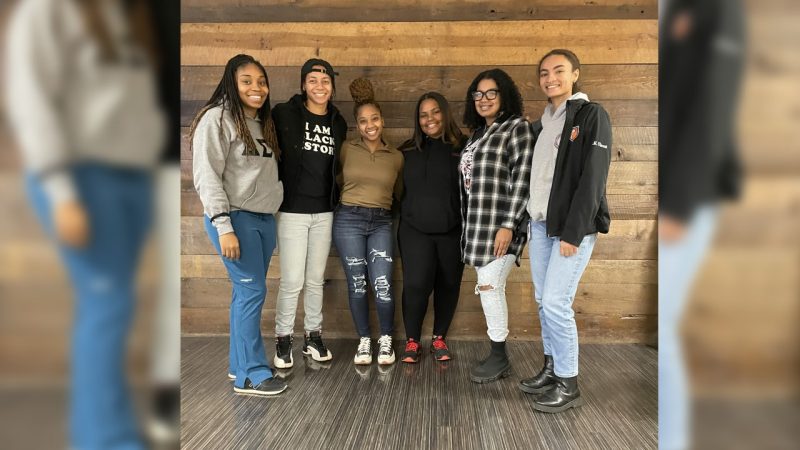
By Sarah Boudreau
Students at the Virginia-Maryland College of Veterinary Medicine have established the newest chapter of the National Association of Black Veterinarians (NABV), working to provide education and promote inclusion within an overwhelmingly white field.
According to a 2021 report by the Bureau of Labor Statistics, only 1.2 percent of veterinarians in the United States are black. This means that support and mentorship can be hard to find, and many black veterinarians have to deal with clients who react negatively when they find out the person treating their animal is black.
These challenges motivated chapter vice president Takia “Kia” Williams to open up dialogue about diversity in veterinary medicine. Williams is a member of the Class of 2025, and she is a part of the food animal track.
“In the food animal industry, there’s not a lot of people who look like me,” said Williams. “I look forward to breaking down the barriers not only within food animal medicine, but also within veterinary medicine as a whole and having open conversations about diversity and inclusion amongst all.
“When an industry like vet med is stifled by homogeneity, it can breed a culture of leaders often inflexible to change. I made it a goal to bring as much awareness, support, and change to societal norms because the future of the veterinary profession is dependent on our ability to serve society as a whole.”
“Our goal is to provide an inclusive environment to black veterinarians, but also for a sense of community in general,” said chapter president Taylor Emery, a member of the Class of 2025. Emery also serves as the student representative on the NABV board. “We want to give options for education and extra resources for those who may not have that, being a minority in this field. We also want to be a social and safe space,”
The chapter intends to continue to hold social events for fundraising and community-building. Its members plan on visiting local schools, not only to get students excited about veterinary medicine, but to show them diversity in the field. Additionally, the organization plans on working with minority veterinarians to provide mentorship opportunities for students.
“We want to make sure that this club is educational, inclusive, and a safe space,” said Williams.

